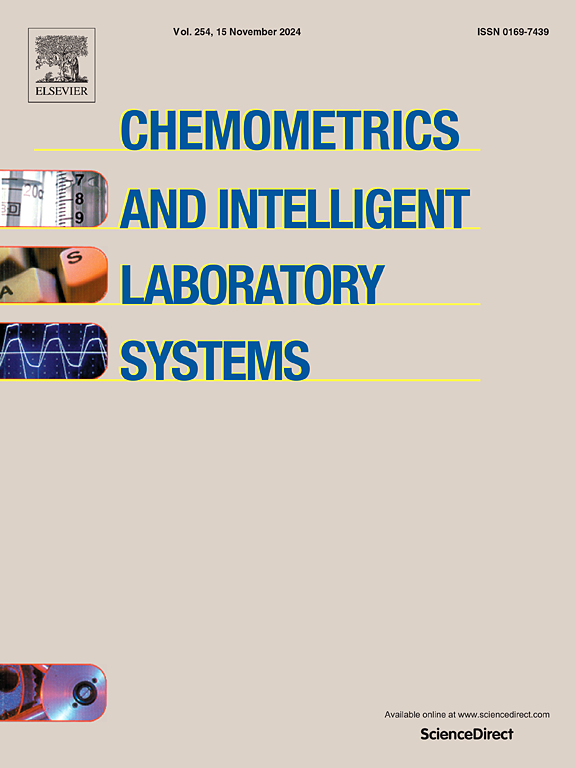A review on sample subset selection methods for multivariate modelling
IF 3.8
2区 化学
Q2 AUTOMATION & CONTROL SYSTEMS
Chemometrics and Intelligent Laboratory Systems
Pub Date : 2025-07-24
DOI:10.1016/j.chemolab.2025.105493
引用次数: 0
Abstract
Chemometric analysis of complex systems often involves large datasets. Efficiently managing these datasets requires careful sample subset selection, encompassing two key tasks: selecting a representative sample subset for initial analysis and partitioning data for model calibration and validation. This review provides a comprehensive overview of 28 sample subset selection methods developed within the chemometrics field. For the first time, we classify these methods into seven distinct categories based on their underlying principles: sampling-based, distance-based, clustering-inspired, experimental design-inspired, variable selection-inspired, outlier detection-inspired, and preprocessing-inspired approaches. We systematically discuss the principles, advantages, disadvantages, and typical applications of each method. This consolidation serves as a valuable resource for researchers, facilitating the informed selection of appropriate sample subset selection strategies prior to multivariate calibration or chemical pattern recognition tasks.
多元模型的样本子集选择方法综述
复杂系统的化学计量学分析通常涉及大型数据集。有效地管理这些数据集需要仔细的样本子集选择,包括两个关键任务:选择一个有代表性的样本子集进行初始分析和划分数据进行模型校准和验证。本文综述了化学计量学领域中28种样本子集选择方法的全面概述。我们首次根据其基本原理将这些方法分为七个不同的类别:基于采样、基于距离、聚类启发、实验设计启发、变量选择启发、异常值检测启发和预处理启发方法。我们系统地讨论了每种方法的原理、优点、缺点和典型应用。这种整合为研究人员提供了宝贵的资源,有助于在多变量校准或化学模式识别任务之前明智地选择适当的样本子集选择策略。
本文章由计算机程序翻译,如有差异,请以英文原文为准。
求助全文
约1分钟内获得全文
求助全文
来源期刊
CiteScore
7.50
自引率
7.70%
发文量
169
审稿时长
3.4 months
期刊介绍:
Chemometrics and Intelligent Laboratory Systems publishes original research papers, short communications, reviews, tutorials and Original Software Publications reporting on development of novel statistical, mathematical, or computer techniques in Chemistry and related disciplines.
Chemometrics is the chemical discipline that uses mathematical and statistical methods to design or select optimal procedures and experiments, and to provide maximum chemical information by analysing chemical data.
The journal deals with the following topics:
1) Development of new statistical, mathematical and chemometrical methods for Chemistry and related fields (Environmental Chemistry, Biochemistry, Toxicology, System Biology, -Omics, etc.)
2) Novel applications of chemometrics to all branches of Chemistry and related fields (typical domains of interest are: process data analysis, experimental design, data mining, signal processing, supervised modelling, decision making, robust statistics, mixture analysis, multivariate calibration etc.) Routine applications of established chemometrical techniques will not be considered.
3) Development of new software that provides novel tools or truly advances the use of chemometrical methods.
4) Well characterized data sets to test performance for the new methods and software.
The journal complies with International Committee of Medical Journal Editors'' Uniform requirements for manuscripts.

 求助内容:
求助内容: 应助结果提醒方式:
应助结果提醒方式:


